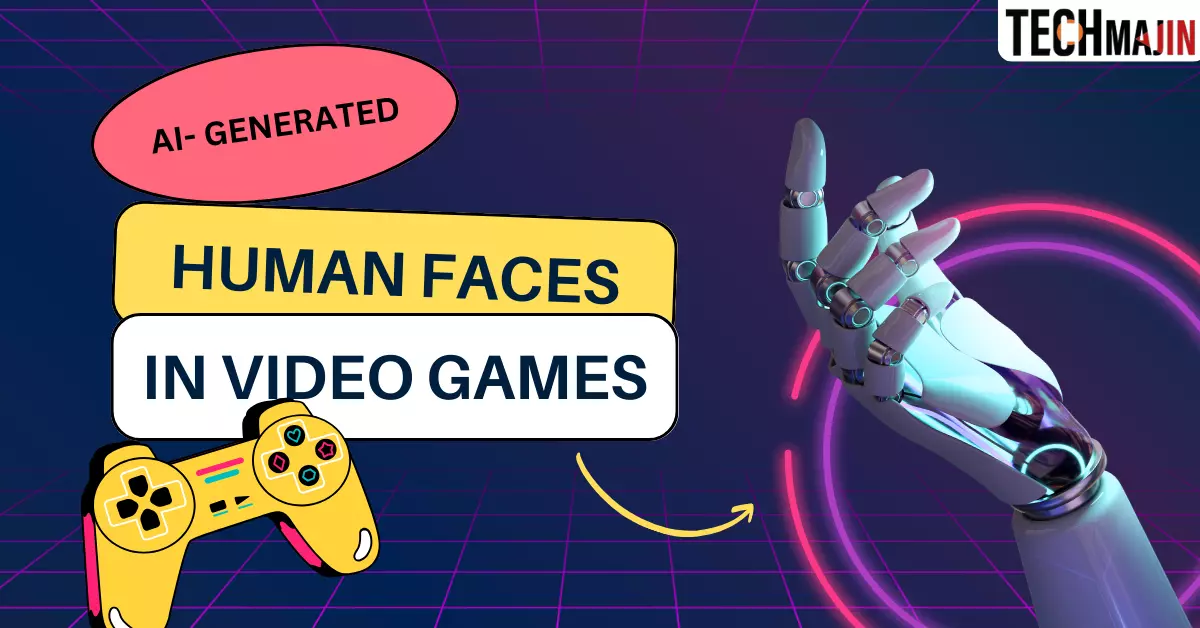Ever find yourself awestruck by how incredibly realistic video games and simulations have become? You’ve probably noticed that the characters are now more life-like than ever before. Believe it or not, this is no mere coincidence. A crucial player in this transformation is the integration of AI-generated faces. So, in this deep dive, we’re merging the realms of technology and creativity to get you the inside scoop. Prepare for a fascinating ride!
What Are AI-Generated Faces?
So, what are these AI-generated faces that everyone’s talking about? Essentially, these are images of faces produced by computer algorithms that are virtually indistinguishable from actual human faces. Imagine an artist who meticulously crafts portraits, but instead of a paintbrush, this artist uses algorithms and computational power. AI-generated faces are now gaining prominence in a variety of fields, including deepfake videos, but their most intriguing application might be in the gaming and simulation sectors. Intriguing, isn’t it?
Also read:- How to send a snap with Cartoon Face lens on Snapchat
Generative Adversarial Networks (GANs)
Ever enjoyed a classic cat-and-mouse chase scene in an action-packed film? It’s thrilling because of the dynamics between the chaser and the chased. In the world of AI-generated faces, something similar happens. It’s called Generative Adversarial Networks (GANs). To break it down simply, one part of the system (the generator) is responsible for creating synthetic faces. Another part of the system (the discriminator) judges them. It’s this ongoing contest between the two that leads to the creation of faces that are incredibly life-like.
Deep Learning and Neural Networks
If we think about our brain as a dense jungle of thoughts and decision-making pathways, that’s roughly how neural networks operate. These algorithms mimic the complexity of human thought processes to analyze data patterns and make decisions. When applied to the field of AI-generated faces, these neural networks take on the job of architects, creating facial features down to the finest details, including skin texture, wrinkles, and even how light interacts with the skin. The result? Super-realistic faces that can sometimes even pass for real human beings.
How Are AI-Generated Faces Used in Video Games?
Personalization
Who among us doesn’t appreciate a tailor-made experience, especially when it comes to video games? The introduction of AI-generated faces in gaming, platforms like Wecoach enables you to craft a unique character that could resemble you, or maybe even like a celebrity, a historical figure, or anyone else you can imagine. It’s not just about selecting a hairstyle or eye color anymore; the details are so nuanced that you can even adjust how the light falls on your character’s face.
Increased Realism
Recall those spine-tingling ‘wow’ moments when a game completely engrosses you, and you forget it’s a virtual world? The characters seem almost sentient, right? This magic is what AI brings to the table. It layers on aspects of realism and intricacy that conventional graphics and animations just can’t achieve. And this goes beyond facial features; we’re talking about realistic expressions and emotional depth that genuinely elevate the narrative of the game.
Limitations and Challenges
Let’s be real, though; it’s not all sunshine and rainbows. As revolutionary as AI-generated faces are, they come with their set of challenges. For one, they require substantial computational power. So, unless you’re running a high-end gaming rig, achieving those ultra-realistic characters might just remain a pipe dream. Moreover, as with any technology, there is potential for misuse, like identity theft and deepfakes, that can’t be overlooked.
How Are AI-Generated Faces Used in Simulations?
Military and Law Enforcement Training
Beyond the realms of entertainment, AI-generated faces have found meaningful applications in real-world simulations, like military and law enforcement training programs. Here, the faces can add a new layer of unpredictability and complexity. Training scenarios become more than just programmed routines; they transform into authentic experiences, mimicking diverse and realistic human interactions.
Medical Simulations
Take a moment to visualize a medical student or a surgeon practicing a complex surgical procedure. Now, imagine that the virtual patient they’re working on has an AI-generated face that looks and reacts just like a real patient would. The learning experience becomes exponentially more valuable, not to mention the critical role this could play in preparing medical professionals for real-world situations.
Virtual Social Interactions
In the age of digital connections, from remote work settings to online social gatherings, AI-generated faces are adding a fresh dimension. They make digital interactions almost as nuanced and genuine as face-to-face conversations, effectively serving as a bridge between the digital and physical worlds. You’re not just interacting with pixels but with digital beings that feel almost real.
Ethical Considerations
Identity Privacy
While the technology is awe-inspiring, it does bring up ethical concerns. Foremost among these is the issue of identity privacy. With AI-generated faces becoming increasingly lifelike, the line between reality and fiction is blurring. This raises questions about potential identity theft, impersonation, and how these technologies could be misused.
Discrimination and Bias
There’s another layer to this, which is the bias that could be built into these AI systems. Since AI algorithms learn from existing data, if that data includes societal biases, the AI will inadvertently perpetuate those biases. It’s an ethical minefield that needs careful navigation, or we risk teaching our AI systems the same prejudices that plague society.
Future Possibilities
Virtual Reality Integration
Looking ahead, imagine the explosive potential of merging AI-generated faces with virtual reality (VR). This would make for ultra-immersive experiences where you can walk through a VR city full of digital citizens who interact with you just like real people would. Think about the gaming adventures, the training simulations, and the sheer breadth of experiences that could become possible.
AI in Storytelling
Another exciting avenue is the role of AI in dynamic storytelling within games and simulations. Imagine a game narrative that adapts in real time to your decisions and interactions, making each player’s experience utterly unique. Now add to that realistic, AI-generated faces that express a range of emotions, and you have storytelling on an unprecedented level.
Conclusion
AI-generated faces are not merely aesthetic upgrades; they’re a transformative force in video games and simulations. Although there are challenges and ethical dilemmas to navigate, the potential applications are incredibly promising. From enhancing realism and personalization in gaming to providing valuable tools in critical training simulations, the possibilities are thrilling and wide-ranging. Are you ready to be a part of this groundbreaking adventure?
Read Next: How to Play Roblox on Web Browser






